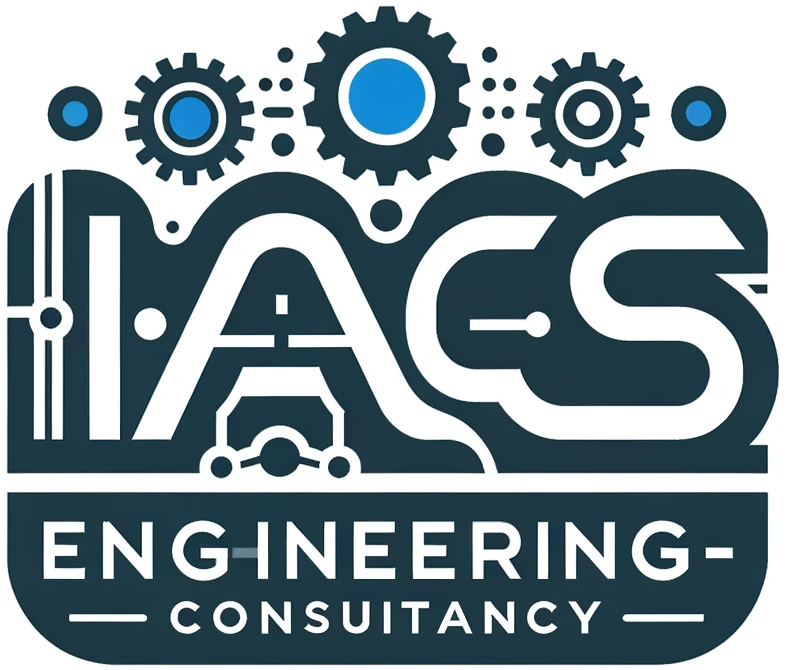Electrical schematics are detailed diagrams that depict the electrical components and their connections within a system. They act as a blueprint for electricians, technicians, and engineers to understand, assemble, troubleshoot, and maintain electrical circuits.
Here’s how to create electrical schematics meeting or exceeding industrial standards:
Following Established Guidelines:
- IEEE Std 315-2019 (Graphic Symbols for Electrical and Electronics Diagrams): This Institute of Electrical and Electronics Engineers (IEEE) standard specifies symbols for various electrical components like resistors, capacitors, transistors, relays, etc. Consistent symbols ensure universal understanding.
- Company Standards: Many engineering firms and automation solution providers have their own internal drafting standards. These often build upon existing guidelines like IEEE Std 315 but might include additional elements or specific symbol libraries.
Key Components of a High-Quality Electrical Schematic:
- Components: Symbols representing electrical components like resistors, capacitors, motors, transformers, etc.
- Connections: Lines with appropriate labels depict the electrical connections between components.
- Terminals: Clearly marked connection points on components for proper wiring.
- Wire Designations: Unique identifiers for each wire to facilitate tracing and troubleshooting.
- Component Values: Specifications for components like resistance, capacitance, voltage ratings, etc.
- Power Sources: Depiction of power source (AC/DC voltage, current ratings).
- Grounding: Clear representation of grounding connections for safety.
- Titles and Revisions: A clear title block with project information and revision history.
Creating a Superior Electrical Schematic:
- Clarity and Organization: The schematic should be well-organized, uncluttered, and easy to follow.
- Completeness: It should capture all essential components, connections, and information.
- Accuracy: The symbols, values, and connections should precisely reflect the actual circuit design.
- Consistency: Symbols, line styles, and notations should be used consistently throughout the schematic.
Exceeding Standards:
- Utilizing CAD Software: Leverage Computer-Aided Design (CAD) software specifically designed for electrical schematics. These tools can automate symbol placement, wire routing, and error checking for increased accuracy and efficiency.
- Cross-Referencing: Include cross-references between the schematic and other project documents like bills of materials or equipment manuals.
- Detailed Annotations: Add clear and concise annotations explaining complex functionalities or design considerations.
- Wire Color Coding: While not essential for the schematic itself, following standard wire color coding practices enhances clarity when referencing the actual wiring during construction.
By adhering to these guidelines and striving for excellence, you can create electrical schematics that effectively communicate circuit design, meet industrial standards, and potentially surpass them, leading to better project execution, maintenance, and safety.
